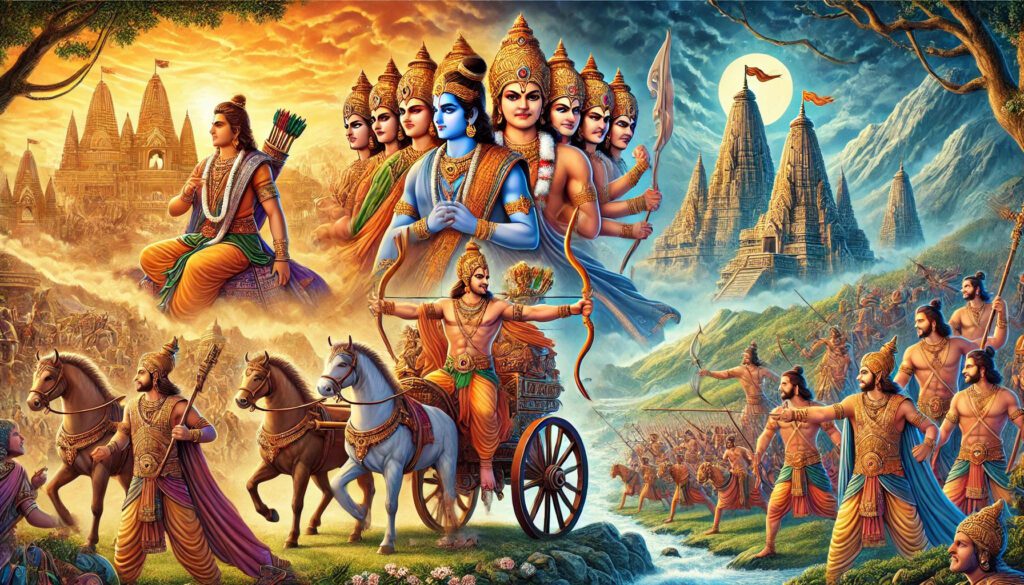Introduction
Sastra, often spelled as “Shastra,” is a Sanskrit term that broadly refers to scriptures, treatises, or authoritative texts that provide knowledge, guidance, and discipline in various fields. Derived from the root word “śās”, meaning “to instruct or command,” Sastra plays a crucial role in shaping cultural, spiritual, and intellectual traditions.
Types of Sastras
Sastras can be classified into different categories based on their subject matter:
- Dharmashastra (Legal and Ethical Texts)
Dharmashastra refers to texts that outline moral, ethical, and legal codes of conduct. These scriptures serve as guidelines for individuals and society to maintain harmony and righteousness (dharma). Examples include:
Manusmriti
Yajnavalkya Smriti
Narada Smriti
- Artha Shastra (Economics and Politics)
Artha Shastra deals with governance, statecraft, and economic policies. The most well-known text in this category is Kautilya’s Arthashastra, which provides insights into politics, administration, and military strategies.
- Kama Shastra (Love and Relationships)
Kama Shastra explores human emotions, relationships, and pleasure. The Kamasutra by Vatsyayana is a well-known text that delves into love, attraction, and sensuality.
- Ayurveda Sastra (Medicine and Health)
Ayurveda is a system of traditional Indian medicine that focuses on holistic healing and well-being. Notable texts include:
Charaka Samhita
Sushruta Samhita
Ashtanga Hridaya
- Natya Shastra (Performing Arts and Drama)
Natya Shastra, attributed to Bharata Muni, is an ancient text that provides a comprehensive guide to theater, dance, and music. It lays the foundation for classical Indian art forms.
- Dhanurveda (Warfare and Martial Arts)
Dhanurveda is a part of the Vedic scriptures that deals with archery, warfare tactics, and martial training. It was essential in training warriors in ancient India.
- Vedanga Sastra (Linguistics and Vedic Studies)
Vedangas are auxiliary disciplines that help in the understanding and preservation of the Vedas. These include:
Shiksha (Phonetics)
Chandas (Metrics)
Vyakarana (Grammar)
Nirukta (Etymology)
Jyotisha (Astronomy and Astrology)
Kalpa (Rituals)
- Yoga Sastra (Philosophy and Spiritual Practice)
Yoga Sastras, such as Patanjali’s Yoga Sutras, provide guidelines for mental, physical, and spiritual well-being through meditation, asanas, and self-discipline.
Significance of Sastra in Modern Life
Though ancient, Sastras continue to be relevant today. They provide wisdom in various aspects of life, including ethics, governance, health, and personal development. Many traditional and modern scholars study Sastras to gain insights into history, philosophy, and cultural evolution.
Conclusion
Sastras are a treasure trove of knowledge that has shaped Indian civilization for thousands of years. Whether in law, health, arts, or spirituality, these texts offer timeless wisdom. Understanding Sastra helps in preserving cultural heritage while applying its principles to contemporary life.



